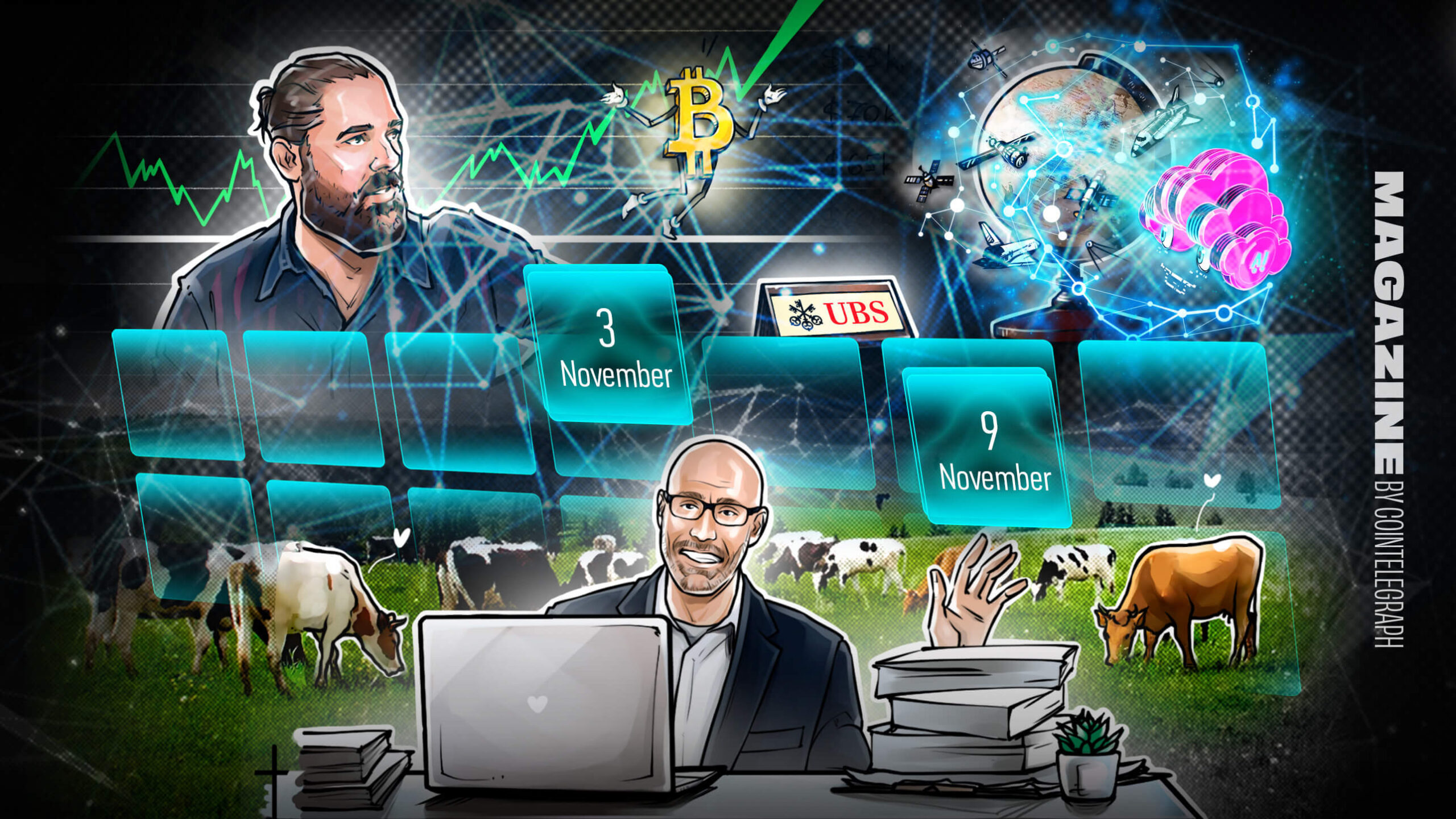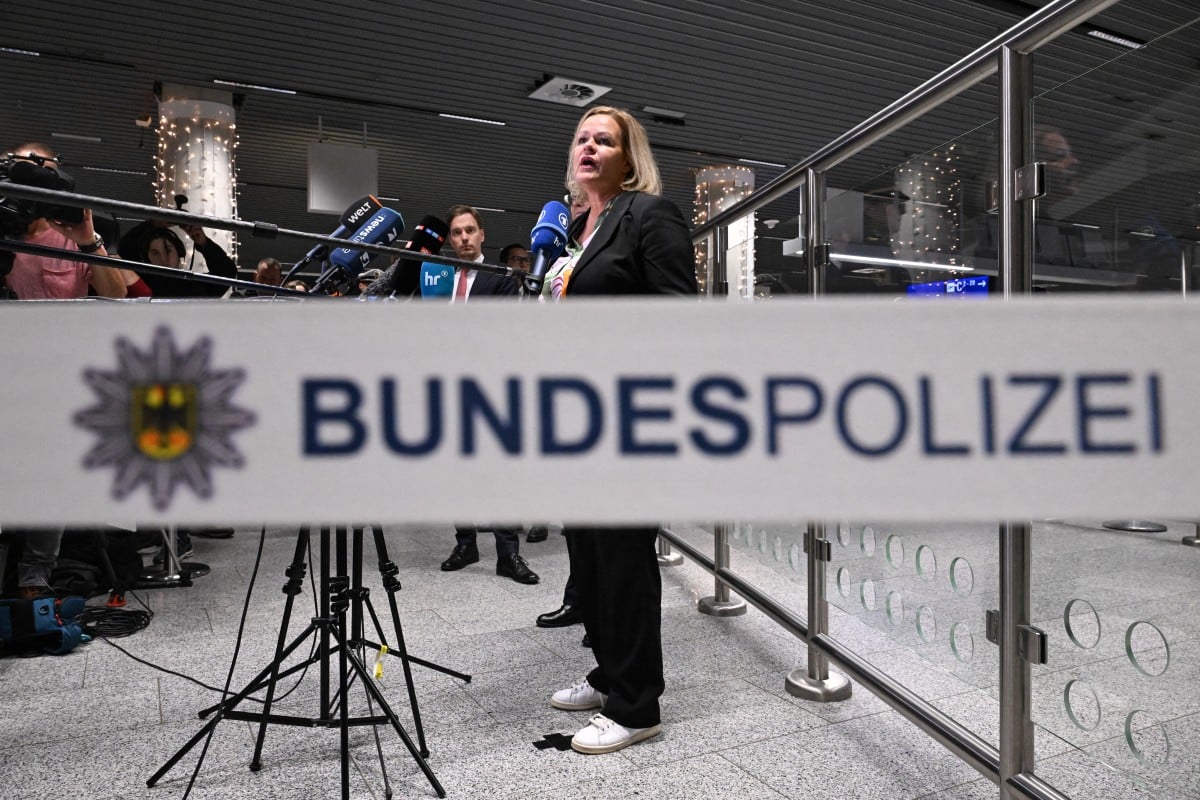True Global Ventures Founding Partner and Director Dusan Stojanovic
The “chilling” funding winter has already wreaked havoc across the startup world. With no hopes left to raise the much-needed capital to survive the onslaught of the winter, many companies winded down, and many have reduced their workforce. There are no hints that the winter will recede in the foreseeable future, as the factors that led to this situation still persist.
How long will this recession and funding winter last?
In this interview, Dusan Stojanovic, Founding Partner and Director at Singapore-based VC firm True Global Ventures, discusses the funding winter, its impact, exit opportunities, and how it plays out in Southeast Asia.
Excerpts:
How long do you think this tumultuous period will last?
Dusan Stojanovic: We believe the funding winter will last in the US till Q4 2023. However, we will see recovery earlier in regions such as the Middle East (Dubai) and Southeast Asia (Singapore) and later in most European countries, which are still very much affected by inflationary pressures caused by the Russia-Ukraine war.
Also Read: Next blockchain unicorn will be from gaming: Dusan Stojanovic of True Global Ventures
The funding winter is mainly driven by the non-profitable public tech market in 2022, with some companies’ valuations falling 90 per cent. We saw similar patterns in the private market during Q3 and Q4 2022.
There is always a delay between the public and private markets based on trading data on our portfolio company Forge Global (a global marketplace for private transactions). This fall is mainly driven by high inflation reflected in high-interest rates, which results in the dip of especially non-profitable public tech stock when doing discounted cash flow valuations.
On the positive front, we expect inflation to decrease to around 5 per cent as interest rates continue to drop and potentially even loosen monetary policy by Q4 2023. The last increase of interest rates in the US was 0.5 per cent and is expected to be a 0.25 per cent forecast in February 2023). This is a very US-centric view, but it is still where we have a majority of tech companies.
We also see considerable differences in inflation rates and macroenvironment and growth globally. The inflation rate is 17.6 per cent in Poland, where there is a lot of engineering talent. In Germany, it is 8.6 per cent; in Singapore, 6.7 per cent; and in Hong Kong, 1.8 per cent. This also reflects where the funding will be.
Generally speaking, we believe that the US funding will recover in Q4 2023. However, today, the funds are in the Middle East and many parts of Southeast Asia (due to strong capital inflow from mainland China).
When the funding winter stops depends on which geography we are talking about. We recommend founders take into consideration these geographical differences. For instance, the Middle East (Dubai), SEA (Singapore) and certain extent, Japan and South Korea as exceptions.
One reason for optimism in the UAE is because of the forecast GDP growth of 5.4 per cent, which is broken down into oil GDP growth of 8 per cent and non-oil GDP growth at 4.3 per cent compared to forecast global GDP growth in 2023 of 2.7 per cent (IMF, Q4 2022).
What does this mean for VCs in general and SEA VCs in particular?
Dusan Stojanovic: If VCs want to fundraise in general, the likelihood of getting LP traction is higher in SEA (Singapore), the Middle East (Dubai) and, to a certain extent, in the US. On the other hand, VCs should completely avoid European LPs from a fundraising point of view.
VCs should also let all their portfolio companies know they should have a runway for at least two years, which is the same answer as before when we started to see a downturn in Q2 2022. The two-year runway depends on geography, as mentioned above. The market can be more favourable in some geographies.
Also Read: True Global Ventures’s Web3-focused follow-on fund TGV4 Plus hits US$146M first close
You can get LPs to invest in you as VCs if you can prove that you can invest in cash-flow-positive companies. Many high-growth tech companies can turn around to be cash flow-positive with slightly lower growth in 12 months if they keep the same staffing/halt recruiting. Such companies can get funding from LPs in around 12 months.
How does the exit landscape look in SEA during the slowdown?
Dusan Stojanovic: We think most exit opportunities would be linked to consolidation, especially in tech, as opposed to IPOs for the first six months, as many companies may choose to delay IPO to focus on value creation while awaiting more favourable valuations.
Meanwhile, M&As will probably be the major form of exit for smaller companies as larger companies with strong balance sheets will continue to acquire for growth at decent valuations.
However, as the economic conditions improve in H2 this year, companies may take advantage of favourable market conditions and strong investor interest in new offerings to go public.
The number of IPOs in Singapore and globally will decrease significantly compared to 2022. However, the island nation’s economy has been recovering relatively well and the market is no longer in free fall.
It’s possible that the memories of past crashes during market uncertainty will continue to make companies and investors cautious in the short term. It may lead to a decrease in the number of IPOs or a decrease in the overall performance of IPOs in Singapore in 2023.
Also Read: ‘The era of easy money is over’: VCs speak of funding winter and exit landscape in Southeast Asia
That being said, a robust tech stock exchange ecosystem is still missing in the region and, surprisingly, still in Singapore.
However, with the influx of capital from Hong Kong and mainland China, it could be an opportunity for the regional stock exchanges, particularly the Singapore stock exchange, to create a strong ecosystem for tech IPO.
We still think that the largest tech companies will still choose to IPO on Nasdaq in the US, especially those with Indonesia as a major target market, which still has the potential to create new unicorns in SEA.
—
Fundraising or preparing your startup for fundraising? Build your investor network, search from 400+ SEA investors on e27, and get connected or get insights regarding fundraising. Try e27 Pro for free today.
The post A robust tech stock exchange ecosystem still missing in Singapore: Dusan Stojanovic of TGV appeared first on e27.















:quality(70):focal(3849x1456:3859x1466)/cloudfront-us-east-1.images.arcpublishing.com/tronc/HJTGRUR6L5GNFE7CW2JFC3XZZQ.jpg)





Discussion about this post